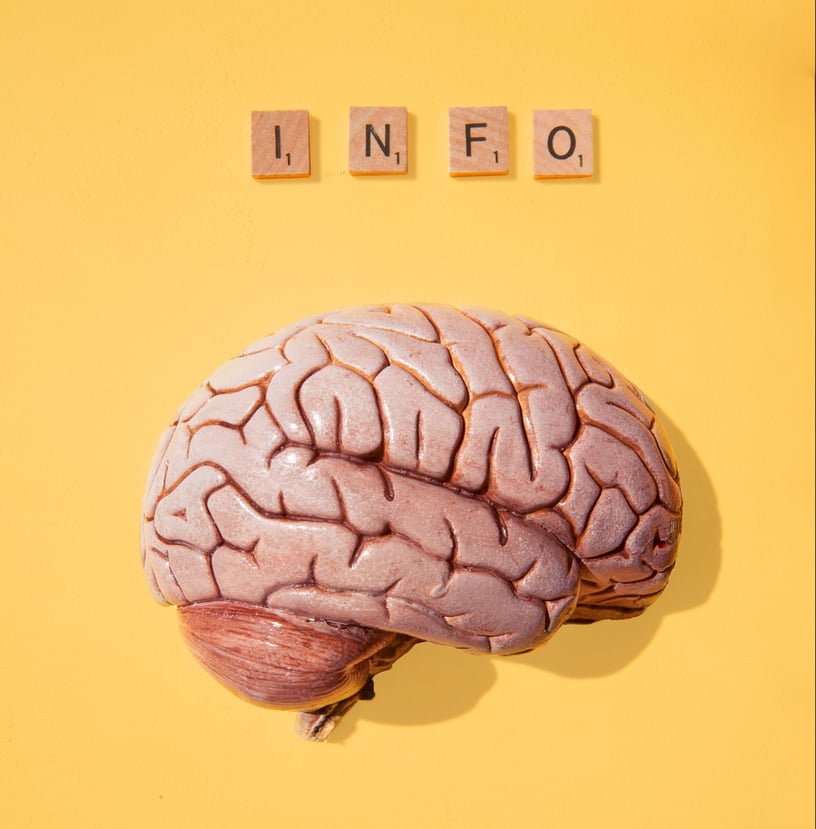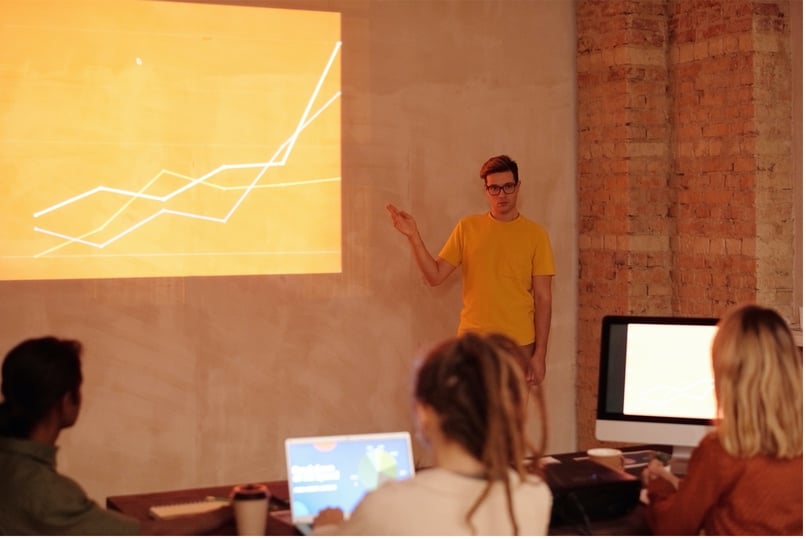The Value of Experiential Learning

Contents
Training and Development, As a Topic, is Pretty Prominent in the Workplace.
There are numerous types of trainings that take place with the hopes of creating a better organizational state.
Yet, post-training, the question on most leaders or employee's minds is, "How effective was that training?".
Did the information actually stick?
How will the information taught be implemented?
Will we really see any change?
Educators and previous research suggests that delivering lectures is not the most effective way of teaching; it's the person doing the talking that is doing the most learning.
Lecture-based learning in classroom settings benefits few students. In fact, retention rates are lower and passive listening is higher in these scenarios.
The same applies to development trainings.
If you're sitting in a training session being lectured to for three hours straight, it's likely that you won't be able to recall the first point that was even made!
There's a difference between being talked at and talked with. This is what differentiates lecture-based learning and experiential learning.
Experiential learning focuses on hands-on experience with real-world applications. It requires participants to participate and immerse themselves in the content fully and actively.
In short, there is a ton of value in experiential learning! Now, let's look at the science behind it...
 The Science Behind Experiential Learning
The Science Behind Experiential Learning
David Kolb, an educational theorist, developed a four-stage learning model that works on two levels.
The first level is the four cyclical stages at which we learn something new. The second level is made of four distinct learning styles.
When we put these two levels together (learning stages and learning styles) we get Kolb's model which focuses on the learner's internal cognitive processes.
 Let's apply Kolb's first level of learning stages to understanding a new strategy on how to give and receive feedback.
Let's apply Kolb's first level of learning stages to understanding a new strategy on how to give and receive feedback.
We start out with Concrete Experience where we encounter a new situation in which we give and receive feedback from our peers, say, at an experiential leadership training.
In this process, we encounter a new strategy in giving and receiving feedback. We experience and execute this strategy and relate it to previous experiences of feedback in our work environment.
Next, we experience Reflective Observation where we observe and reflect on this new experience of feedback before we make any judgements.
Then we go into the Abstract Conceptualization process of analyzing the experience to create a deeper sense of understanding it. We begin to look at feedback with a new perception. We begin to see feedback as a gift.
Finally, we enter into Active Experimentation where we apply what we learned to the world around us. We return to our work environment with a new strategy for giving and receiving feedback and implement it successfully.
Simply put, we Experience something new, Reflect on the new experience, Conceptualize what we learned in the experience, and then Experiment by applying this concept to our environment.
Now, let's look at the second level of Kolb's model: learning styles.
Kolb developed the four learning styles based off of the four learning stages.
The first style, Diverging, is the act of forming various perspectives based on reflecting and observing. For example, I experienced a new strategy of feedback and watched what happened in that experience.
The second style, Assimilating, is the act of logical thinking and analyzing through observations. I watched what happened when I experienced a new strategy of feedback and am thinking about that experience.
The third style, Converging, is the act of problem-solving by logical thinking based on what was learned. I think about what I learned and test it out.
The fourth style, Accommodating, is the act of a "hands-on" experiential approach based on intuition. I experienced a new strategy of feedback and now I am practicing that strategy in various areas of my life.
Various factors influence a person's preferred learning style, but at the end of the day, the impetus for grasping new concepts is provided by new experiences.
According to Kolb, "learning is the process whereby knowledge is created through the transformation of experience."
Now, let's look at ways in which we can create a more experiential learning environment.

The Implementation of Experiential Learning
There are a variety of ways to bring experiential learning into any environment. Here are just a few ideas on how to increase learning retention through experience.
Student Teach Backs
Interestingly, the person who learns the most between an educator and a student is the educator. This is because they are the ones who have to be knowledgeable of the information being taught.
In the case of student teach backs, if the student teaches the material (or even summarizes what is being learned), then they will engage and focus on understanding the material being taught.
Interactive Simulations
As discussed in Kolb's model, Concrete Experience focuses on how we experience and feel in a new situation.
Interactive simulations engage us in "real-life" situations so we can experience what we feel through the experience in real-time.
Some examples of this would be gamification, case studies, mini-game exercises, role-playing, etc.
Discussions
No, not discussions disguised as lectures, but actual discussions on a topic.
This partners well with interactive simulations. It's important for us to reflect and talk about our thoughts and experiences to help us gain better insight.
This also helps the educator better understand their students and discover what concepts were understood or completely missed.
Problem-Solving
Problem-solving can help us actively use our brains to apply concepts learned as we come up with solutions to various problems presented to us.
This helps us retain information learned after we're done with the experience because of the connections we've made in our brains.
This method is also quite useful in interactive simulations.
If you've experienced any of DX's training programs, you can say form experience that we strive to incorporate all of these methods into every single one of our programs.
It is our passion and determination that drives us to create learning experiences that lead to new and compelling acts of leadership and drive visible and immediate change within an organization.
Our team works hard to make the learning process fun, efficient, and immediately applicable for all participants.
This way, leaders and employees walk out of a DX training certain that it was effective and excited to implement what they learned.
Insights

Subscribe to Our Monthly Newsletter!
For managers and talent professionals who truly believe in putting people first, the CARE to Win blog is your gateway to the latest insights on human-centric leadership. Join us as we champion the people first movement.
Need some time apart? Are we emailing you too often? Just give us your feedback, and we promise we’ll respond. We really do care. And if it’s still too much, just unsubscribe. It’s cool.



